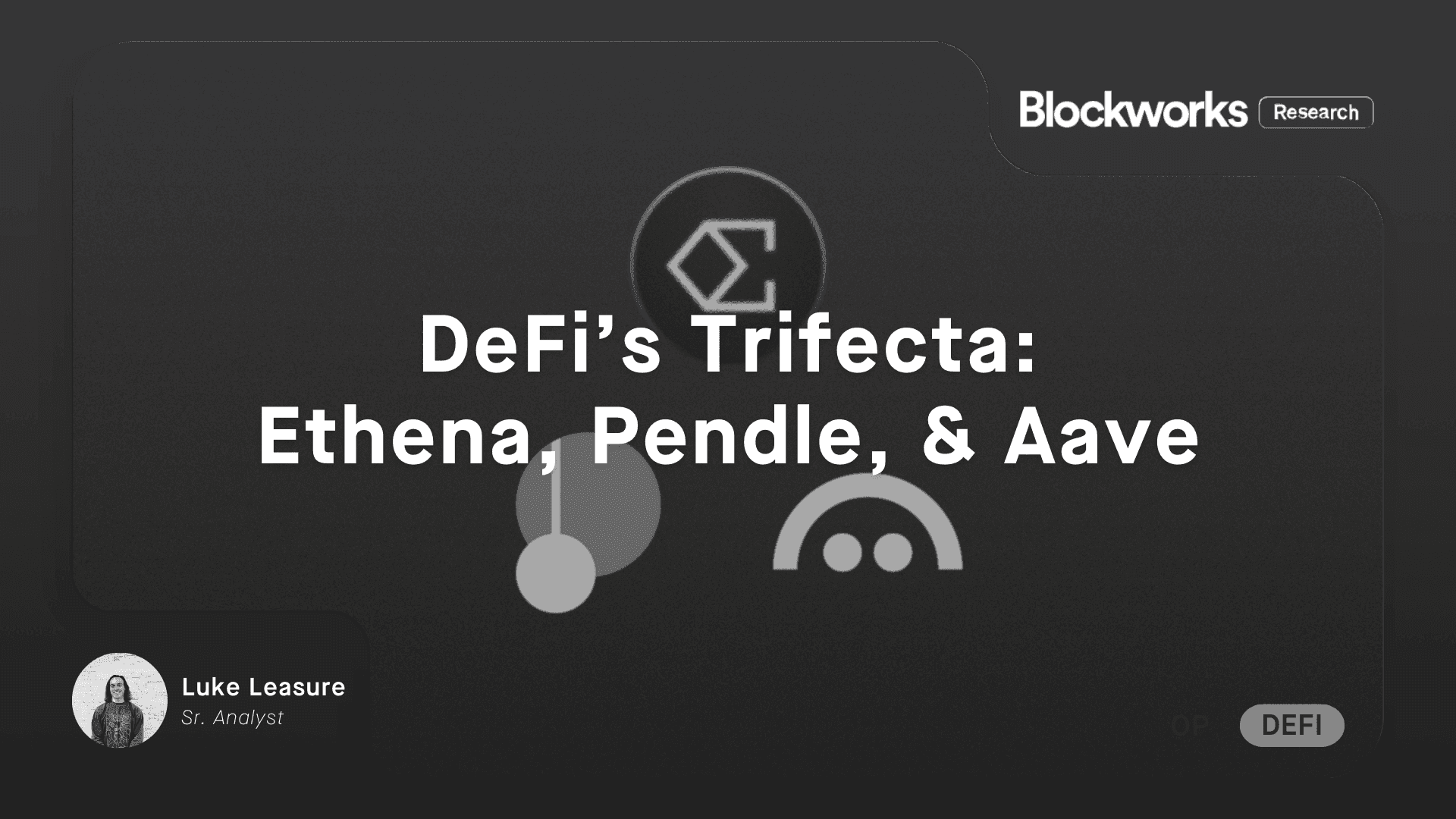DeFi Platform Exploited for $14.5M Despite Security Audits
Despite having had several firms conduct security audits of its smart contract code, Team Finance has been exploited for millions

Source: DALL·E
- All other digital assets, barring those on the compromised smart contract, are said to be secure
- The project said it was in contact with the individual responsible for the exploit
The latest exploit against crypto platform Team Finance — which lost some $14.5 million of various tokens — occurred despite a number of recent security audits, according to the company.
The Ethereum-based project said Thursday that it had been exploited via its audited Uniswap V2 to V3 migration function. The project later said those audits had been conducted by a “reputable” firm.
Team Finance, a smart contract vault for vesting liquidity and tokens, said the exploit was not related to any specific upgrade and advised users that all other assets have been secured — after it paused all operations within an hour of the breach.
A spokesperson for the company declined to identify the firm involved, adding that a number of security auditing companies had been involved over the years, including one that supposedly had signed off on smart contract code that was exploited Thursday.
Typically, DeFi projects and protocols opt for several firms to review their code to reduce the odds of a single point of failure.
Since the project’s inception two years ago, one Estonia-based firm, Hacken, has been responsible for 80% of Team Finance’s audits, according to several documents obtained by Blockworks.
Blockchain security auditing firm Coinspect had conducted a review of the project’s smart contract code in March of this year while another, CertiK, undertook their audit back in June 2021.
The latest hack follows on the heels of this month’s compromised DeFi platform Mango Markets which was drained for $112 million in a price oracle manipulation attack.
Mango had commissioned its own audit in September which was handled by a team of security researchers at Neodyme shortly before the trading platform was hit by its exploit five weeks later.
Both instances have called into question the security of certain DeFi protocols and the integrity of their audits.
Most projects in the industry are based on open-source code, allowing nefarious actors to peer inside a protocol’s back end to pursue potential attack vectors.
Team Finance said it had paused features on the platform and were investigating the issue alongside several firms in a bid to remediate the issue.
The team also said they had reached out to the exploiter in an attempt to resolve the issue. The exploiter’s wallet address on Ethereum has since been blacklisted and exchanges are said to have been contacted, per the update.
Get the news in your inbox. Explore Blockworks newsletters:
- The Breakdown: Decoding crypto and the markets. Daily.
- 0xResearch: Alpha in your inbox. Think like an analyst.
- Empire: Crypto news and analysis to start your day.
- Forward Guidance: The intersection of crypto, macro and policy.
- The Drop: Apps, games, memes and more.
- Lightspeed: All things Solana.
- Supply Shock: Bitcoin, bitcoin, bitcoin.






